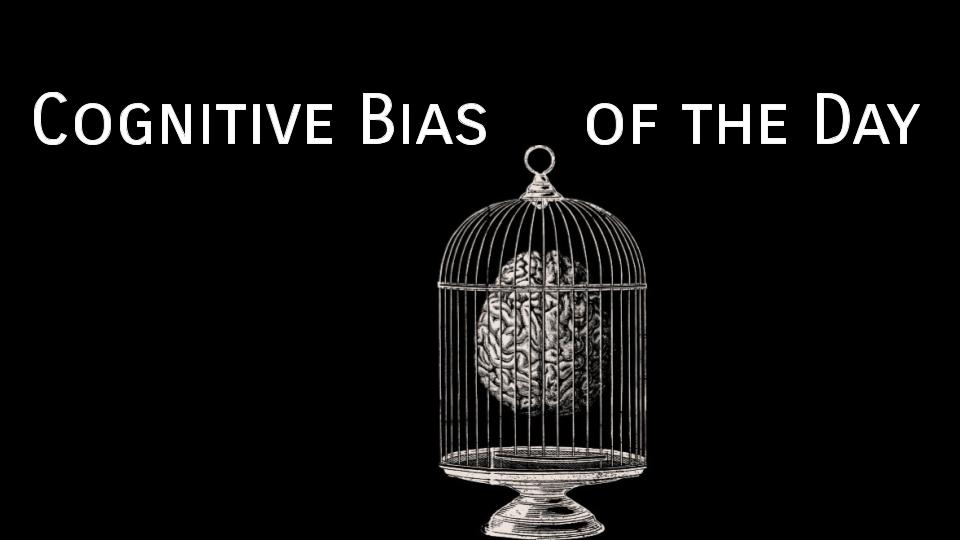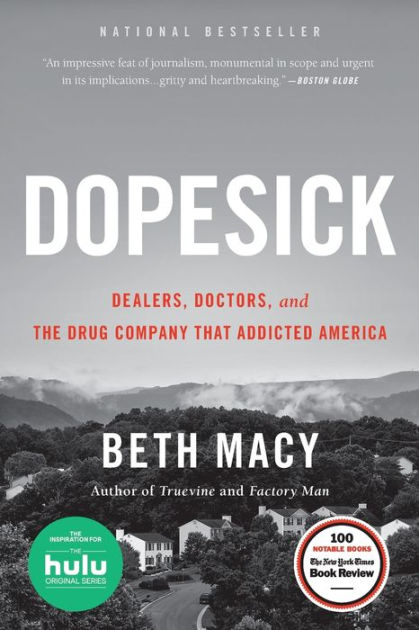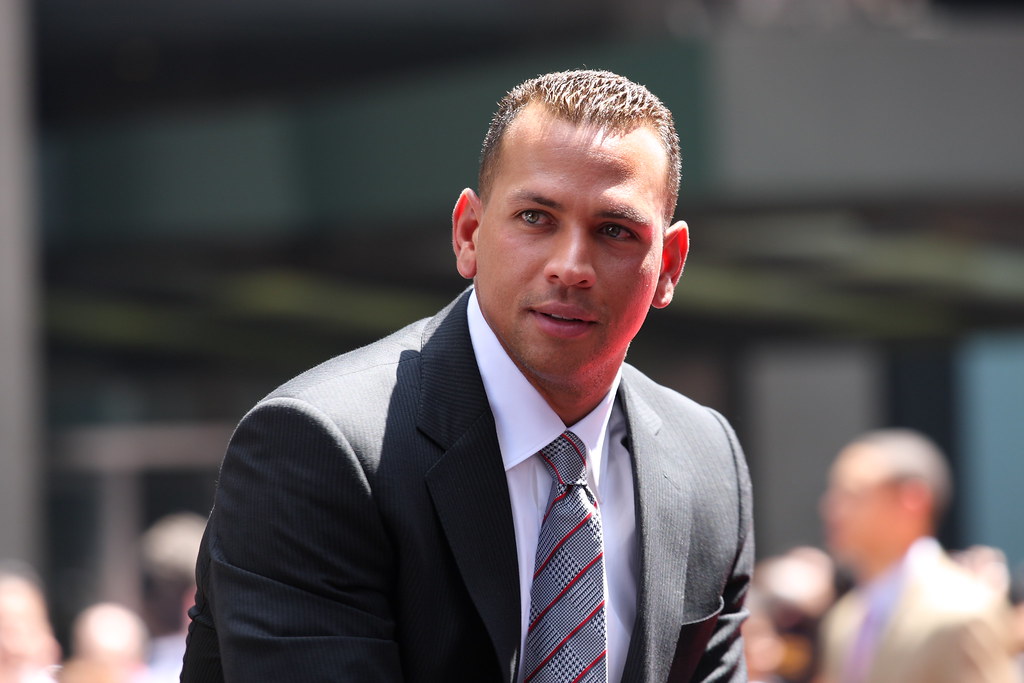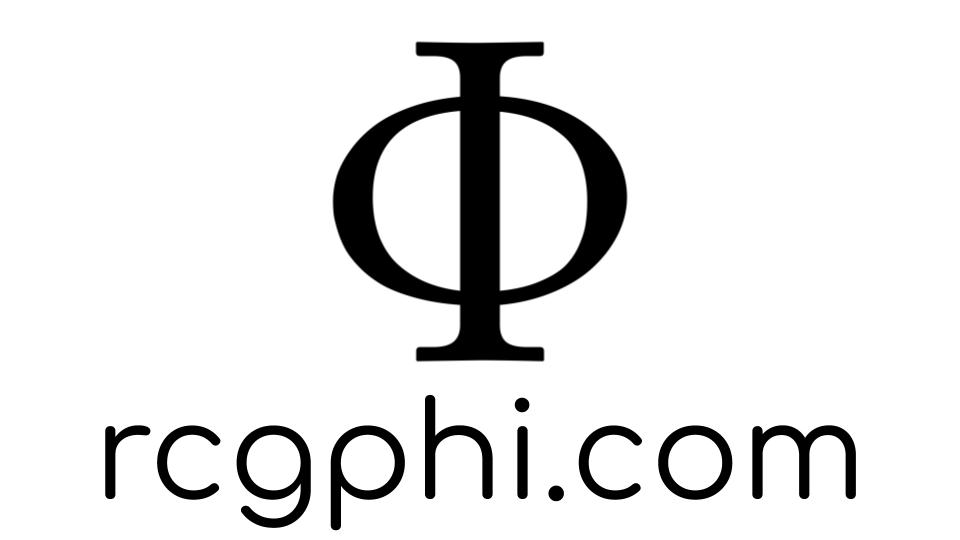Prying Open
the Third Eye

It's not a War on Drugs. It's a War on Personal Freedom is what it is.
Okay?
Keep that in mind at all times.
~Bill Hicks
On why we are addicted
The war on drugs as we know it began in the early 1930s. It was then that Harry Anslinger, Commissioner of the Federal Bureau of Narcotics from 1930 to 1962, shifted the focus of his agents from alcohol to drugs, since prohibition era ended with the passage of the 21st Amendment and, hence, his department was at risk of being defunded or closed. But Anslinger had a political strategy in mind. He would associate drugs with what the majority of Americans feared the most: minorities and communists. By associating cannabis with Hispanics and opium with the Chinese, by making false claims of increased defiance in African Americans who take drugs, by alleging that cannabis was key in how minorities seduced white women, and by recounting (false) anecdotes about how cannabis drives people mad, Anslinger acquired support for his crusade (see Hari 2015, chapters 1-3).

When one hears about how Anslinger acquired support for his war on drugs, using primarily anecdotal stories as opposed to actual social science, one wonders how it is that someone like him acquired so much power and held on to it for so long. Upon reflection, however, part of the reason might be due to the general public's understanding of what causes addiction in the first place. Much like Anslinger himself, most of the public probably thought that addiction to drugs is caused by a moral failure. In other words, people who are addicted to drugs lack the will to do what is right and refrain from evil substances. Perhaps they are lazy or perhaps they just don't care, but, ultimately, they choose to do drugs and continue to do drugs because they are morally lacking. In Kantian terms, they fail to treat themselves as ends-in-themselves and instead use themselves as a means to an end: they use their bodies to pursue pleasure. Perhaps we can also express the problem in Aristotelian terms by saying that drug addicts are lacking virtue and full of vice.1
Today we have a slightly more nuanced view of addiction, to say the least. For example, in chapter 12 of Chasing the Scream, Hari juxtaposes the pharmaceutical theory of addiction, which states that certain chemical compounds have chemical hooks that hijack the reward system of drug users, and Gabor Maté’s susceptibility theory of addiction, which states that certain individuals have been made vulnerable to addiction by facing more hardship than they can bare. Maté argues that prevention starts during the prenatal period, by carefully monitoring stressors on the fetus and mother and diminishing them as much as possible. There's also the work of Bruce Alexander, which Hari discusses in chapter 13. Alexander argues that some become addicted to drugs because they are both predisposed to it due to adversity in life (susceptibility)—essentially agreeing with Maté—as well as because they lack meaningful avenues to express themselves in society. Now, it is important to note that Alexander's initial study was rejected by two major academic journals, Nature and Science. However, subsequent studies showed that there is some support for this view (Solinas et al. 2008, Nader et al. 2015), although the theory might oversimplify addiction—in addition to environment, genes also play an important role (see Petrie 1996). In any case, Maté's and Alexander's claims seem to be at least partially right: an enriched social environment seems likely to be a part of the solution to addiction. For example, supporting Maté's views, we know that adversity early on in life produces an adult organism more vulnerable to drug and alcohol addiction (Oswald et al. 2014, Hensleigh and Pritchard 2014, Karkhanis et al. 2014).

Perhaps the belief that drug addiction is a moral failure can be explained by a cognitive bias called the narrative fallacy. As it turns out, we prefer narratives to complex descriptions, base rates and other statistical information. In other words, given some complicated phenomena, our minds naturally prefer to believe in a nice, easy-to-digest little story over a complex explanation with lots of factors and complicated relationships. In short, we like stories over complicated theories, even when the stories are built off of shotty information (see Kahneman 2011).
One example of this can be found in chapter 8 of Gilovich's How We Know What Ain't So. Gilovich makes the case that people believe in some non-Western, holistic medicine because they, at least sometimes, seem plausible—even though there's typically zero empirical evidence in their favor. For example, Gilovich discusses how one holistic practitioner, Dan Dale Alexander, argued the cure for arthritis is to basically oil your joints, by consuming lots of oils and not consuming water during meals high in oil (since they don’t mix). Another practitioner, D. C. Jarvis, suggested ingesting vinegar (a mild acid) to break up calcium deposits, since plumbers use an acid to break up clogs. Obviously, though, the body transforms that which we ingest so that it is not the same as it is outside of our bodies. Nonetheless, these remedies have a metaphorical appeal, even though they have no empirical (or even logical) validation.

Harry Anslinger (1892-1975).
How does this explain why people see drug addiction as a moral failure? Well, to be honest, drug addiction is extremely complicated. Not only do we have to take into account individual hardships suffered by people which might make them more susceptible to addiction, we also need to look at employment rates, availability of the drugs, whether or not certain governments have been complicit in allowing drugs to flow to a region, genetic factors, culture, and so much more. For example, the opiate epidemic that the US is going through as of this writing has many contributing factors. As Macy (2018) details, this drug epidemic was a confluence of events including regulations on prescription drugs being relaxed, Purdue Pharma's aggressive and irresponsible marketing ploy aimed at boosting the instances of doctors prescribing their drugs, the negative economic effects of NAFTA on Virginia and similar regions which went from being hubs for industry and manufacturing to having 20% unemployment, and OxyContin’s high potency. There's also what journalist Ioan Grillo (2021) calls gunonomics, the complicated flow of weapons from American firearm markets down to Mexico, as well as Central and South America. This flow of weapons creates a vicious cycle such that the drug cartels can act with impunity: cartels have better weapons than the police, which means they can engage in the drug trade more effectively, which means they become stronger, which means they become more profitable, and so they can illegally purchase even more weapons, etc. That's a lot of moving parts to keep in your head. It's much easier to just say, "Drug addicts are full of vice and brought it upon themselves." This kind of lazy thinking is, of course, falling prey to the narrative fallacy.

Sidebar—The Eleusinian Mysteries
In chapter 12, Hari (2015) muses about the ubiquity of substance use in humans. He notes that Ronald Siegel, a psychopharmacologist on faculty at UCLA, calls the desire to change one’s consciousness the fourth drive, after the desires for food, water, and sex. Hari notes that, in fact, there is evidence that people changed their consciousness in every culture from the Andes to China; heck, even Shakespeare got high (cannabis and hallucinogens). Even at the dawn of Western civilization, famous philosophers (including Plato and Aristotle), mathematicians, politicians (like Alcibiades), and artists, along with farmers and craftspeople, got turnt up (i.e., partied while extremely high) at a ten-day festival of the Eleusinian Mysteries every year in September, at the Temple of Eleusis (see image below). This temple was destroyed during the rise of Christianity (see Nixey 2018).2


May I?
Generally speaking...
The ethics of prosecuting the drug war has taken central stage over the last few decades, pushing aside the question of whether or not it is morally permissible to use drugs recreationally. Before turning to the drug war itself, then, let's first take up the question of personal use of recreational drugs.
Per the United Nation's Office on Drug Control, only about 10% of all of those who have used drugs end up developing a substance abuse problem. I say "only about" because I personally always assumed that number was much higher. In any case, given this information, we can make a consequentialist argument for the moral permissibility of recreational drug use:
- If certain people can use certain drugs recreationally without any adverse effects on themselves and others, then recreational drug use is permissible in those cases.
- It seems reasonable to assume that this is possible in some—perhaps most—cases.
- Therefore, recreational drug use is permissible in aforementioned these cases.
On the other hand, Kant was a little more selective. Kant argued that moderate use of fermented beverages which are low in alcohol by volume, like wine and beer, is morally permissible, since it can make more lively certain social situations. Kant wrote, however, that "[t]he use of opium and distilled spirits for enjoyment is closer to baseness than the use of wine because the former, with the dreamy euphoria they produce, make one taciturn, withdrawn, and uncommunicative. Therefore, they are permitted only as medicines" (Kant as quoted in Richards 1982: 173). In other words, stronger liquors and all of the stronger drugs are simply too stupefying for them to be consumed by Rational Beings; only beer, wine, and tobacco are ok. The stronger spirits should be, Kant argued, used only as medication, as was the custom during Kant's time.

Socrates (left) and
Alcibiades, the first
drug-dealer.
It is difficult to say what Aristotle would think about recreational drug use in the modern context. As we learned in the first Sidebar, Aristotle himself did participate in events where drugs were used—albeit as part of a religious ceremony. We also know that Alcibiades, a prominent Athenian statesman, orator, and general, also took part in the Eleusinian Mysteries—making it clear that you could be a successful statesman and still use and deal drugs (see footnote 2). What is more evident is that falling into addiction is definitely a vice. Perhaps Aristotle's Golden Mean points us towards not being too much of a teetotaler (someone who practices complete personal abstinence from alcoholic beverages and other substances) but also not being completely beholden to psychoactive molecules. Perhaps that is the mean between two vices(?).
Lastly, as we will learn in the second Sidebar, culture does appear to play a role in our response to certain substances (Sapolsky 2017: 134; Bushman 1993; Forsyth 2017: 2-3). As such, a cultural relativist might use the different cultural responses to controlled substances to make a relativist argument about the permissibility of recreational drug use. For example, in cultures where alcohol does reliably tend to make people more violent and is sanctioned, then alcohol consumption is not permissible in said society. However, in other society, alcohol consumption might be more innocuous.
Prescription opiates
In Dopesick, Beth Macy details the prescription opiate epidemic that began in the Appalachian mountain region and spread to the suburbs. As was discussed in the Cognitive Bias of the Day, there are several factors that conspired to cause the epidemic. For example, OxyContin was released into the market along with a tsunami of medical salespeople who focused on branding and extolling how non-addictive their product was. Moreover, around this time, there was a movement to count pain as a fifth vital sign, which Purdue Pharma (the creator of OxyContin) capitalized on by distributing signs that said as much, so that doctors could display them in their offices. Additionally, the medical insurance industry inadvertently incentivized doctors to prescribe painkillers by enabling the notion of healthcare as a form of commodity consumption. In other words, patients were encouraged to "rate" their healthcare services, as if they were visits to the mechanic. In an effort to ensure they were getting reimbursed, doctors would give patients what they wanted—the prospect of zero pain—rather than focus on functionality and commonsense solutions that would take effort on the part of the patient.3

As mentioned, The Appalachian mountain region was hit first. As Macy discusses, this had much to do with the economic effects of NAFTA on Virginia and similar regions which used to be hubs for industry and manufacturing. Although Bill Clinton had predicted NAFTA would benefit American workers, since industries would be able to sell to the growing consumer class in China and displaced American workers would get a stipend to learn a new industry, this was not the case. Once the jobs left, even those who retrained were being payed less than they were prior to NAFTA. Crime soared. In some regions, unemployment went as far up as 20%, food stamp claims more than tripled, and disability rates went up more than 60%. Purdue targeted these regions due to the high percentage of disability claims, which qualify for pain relief medication. And so, addiction skyrocketed and drug-related crime increased, as addicted persons stole goods to sell them so they can acquire their next dose and avoid the dreaded dopesickness.
In the end, it was only when the opiate epidemic hit white suburbs that conservatives relaxed their tough-on-crime stance and replaced it with a smart-on-crime stance that favored treating addiction rather than criminalizing it, even though it had always been more fiscally sensible to do the former. Purdue Pharma was taken to court and the defendants (three Purdue execs) plead guilty to orchestrating Purdue’s dangerous promotional campaign. They accepted a plea deal: no jail time and a $34.5 million fine. Some think this might be insufficient. For reference, by 2007, Purdue had earned over $2.8 billion from OxyContin—$595 million in 2006 alone.4

Bertha Alvarez Manninen.
So we can conclude that the prescription-opiate epidemic was sort of a perfect storm of factors. Nonetheless, at least some people did specifically ask for anti-depressants when they very likely didn't need them. As such, Bertha Alvarez Manninen (2006) argues, from a Kantian perspective, against the use of antidepressants by “people who simply wish to feel better quickly when faced with the commonplace problems” (as opposed to those who “really” need it). In other words, a Kantian (says Manninen) would be against resorting to antidepressants for "small problems"; only those who can verifiably be said to have clinical depression should make use of these.
A utilitarian might actually agree with the Kantian. This is because needless use of prescription opiates leads to many negative consequences down the line. For example, OxyContin’s high potency made it highly addictive. So, as prescriptions ran out and to avoid dopesickness, addicts began stealing in order to buy their next fix in the black market. Some turned to heroin. Ultimately, compounded by the fact that politicians largely ignored it, this spread like a vector-phenomenon, which is why it is labeled an epidemic.5
Performance-enhancing drugs

Alex Rodriguez,
user of PEDs.
There's also the question of performance-enhancing drugs (PEDs), like anabolic steroids and drugs that can increase one's cognitive capacity, a.k.a. nootropics. Unsurprisingly, there's good arguments on both sides of the issue. For example, Savulescu and colleagues (2004) argue that anabolic steroid use is already happening, and so we might as well make it safe, i.e., minimize the negative effects. Moreover, allowing some PEDs would actually level the playing field, both in genetic and financial terms, i.e., create some positive effects (for disenfranchised athletes) that wouldn’t otherwise be present. An opposing perspective is that use of PEDs is wrong because “it reduces athletic competition to contests between mechanized bodies rather than total thinking, feeling, willing, and acting persons. It dehumanizes by not respecting the status of athletes as persons” (Fraleigh 1985: 25). Much the same kind of arguments could be made about nootropics (Bostrom and Sandberg 2009). In short, it's consequentialist versus deontological thinking.


Husak & Sher 2003


Connections
There is an interesting link between opiates (a very potent, highly-addictive drug) and the topic of The Troublesome Transition. It was, in fact, Catholic hospitals that pioneered the use of opiates as part of a death-with-dignity mentality. The Catholic hospitals, it should be clear, were not on the side of active euthanasia (a.k.a. physician-assisted suicide), but they sought to minimize pain while disease and treatment took its course, making the terminal phase of disease more tolerable. As you will see, they argued for the permissibility of using opiates via something called the doctrine of double effect. Eventually, however, this idea grew into considering opiates as painkillers for non-terminal cases, first for the recovery-phase after operations. This grew into the "pain as a fifth vital sign" and patients’ rights movements in the 1980s and 90s, when opiates began to be used to treat injuries and eventually depression. This coincided with medical insurance companies encouraging patients to see healthcare as a commodity and giving them the ability to rate their doctors. De-fanged by becoming vulnerable to a bad rating on a patient satisfaction report, doctors wouldn’t stress, say, eating better and exercising to reach health goals over prescribing a medication. Moreover, treating medical treatment like a consumer service led to a speed-up of the whole process, resulting in less time for patients to explain their symptoms to their doctor—perhaps the most useful part of a doctor's visit. It was this environment that allowed Purdue Pharma to enact its radically irresponsible advertising campaign and emphasis on sales.

The ethics of drug use can be broken down into several different topics. In this lesson we covered the question of whether drug addiction is a moral failure, the question of whether recreational drug use is morally permissible, and the question of whether the drug war (as it is currently being waged) is morally justifiable.
There are various ethical perspectives on the use of recreational drugs. Two of the views we covered can be summarized as follows. Utilitarians might be disposed to accepting allowing for recreational drug use if there are no negative consequences. Kant himself opined that some intoxicants (like fermented beverages) are permissible but higher potency liquor and drugs are not.
With regards to whether or not the drug war is justifiable, we also saw a variety of perspectives. Both Husak and Sher argue in terms of negative consequences. In fact, they mostly disagree as to which would have worst consequences, ending the drug war or continuing it. As such, their moral reasoning is consequentialist. In The New Jim Crow, Michelle Alexander made the case that the drug war is not being waged impartially. This sounds like a Kantian concern, although Kantianism allegedly doesn’t look at consequences when deriving moral value. Lastly, in The Rise of the Warrior Cop, Balko argues that the drug war has eroded our civic rights and militarized our police, leading to all sorts of negative consequences.
FYI
Suggested Reading:
Douglas Husak, Four points about drug decriminalization
George Sher, On the decriminalization of drugs
Related Material—
Video: Democracy Now, Interview with Johann Hari
Audio: NPR's Fresh Air, Interview with Michelle Alexander
Reading: Alia Wong, History Class and the Fictions About Race in America
Movie Trailer: Kill the Messenger (2014)
Here’s a link to the book.
Advanced Material—
Reading: B. A. Manninen, Medicating the Mind: A Kantian Analysis of Overprescribing Psychoactive Drugs
Reading: Rob Lovering, On Moral Arguments Against Recreational Drug Use
Reading: David J Nutt, Leslie A King, and Lawrence D Phillips, Drug harms in the UK: a multicriteria decision analysis
Reading: Nick Bostrom & Anders Sandberg, Cognitive Enhancement: Methods, Ethics, Regulatory Challenges
Related Link: Nick Bostrom’s Home Page
Note: The interested student can find several of Bostrom’s publications and working papers here. Of interest may be his Vulnerable World Hypothesis.
Footnotes
1. Not everyone thought that drug addiction was caused by a moral failure. In Anslinger's own time, some argued that drug addiction was a medical problem. For example, Henry Smith Williams, whose doctor brother was targeted by Anslinger for (legally) prescribing opiates to addicts to curb or control addiction, argued this way. In fact, Smith Williams developed a conspiracy theory that Anslinger actually worked for the mafia. This theory went something like this. The dynamics of drug criminalization led to two crime waves. First, addicts sought their drugs through non-legal channels, thereby giving rise to a black market controlled by the mafia. Second, the mafia price gouged, and so addicts had to revert to stealing in order to have enough money for their fix. This all seemed to Smith Williams to implicate Anslinger as a stooge of the mafia. Smith Williams was ultimately wrong, though; no links between the mafia and Anslinger have ever been found (Hari 2015, chapter 2). A second example of historical figure who saw drug addiction as a medical problem was Leopoldo Salazar Viniegra, head of the Secretaría de Salud Pública under President Lázaro Cárdenas. However, Anslinger targeted him and pushed for his being removed from office (see Hari 2015, chapter 10).
2. The substances utilized at the Eleusinian Mysteries were kept a highly-guarded secret of the cult of Eleusis. However, Alcibiades—a prominent Athenian statesman, orator, and general—apparently stole some of the substance and gave it to his friends. This, in a sense, makes him the first recorded drug dealer (see Hari 2015, chapter 11).
3. There is evidence that Purdue knew about how addictive their product was. They kept meticulous records of doctors and their populations, for making strategies for meeting their quarterly sales goals. One could easily note that some small towns were getting several times more deliveries than larger towns with bigger populations. This should've tipped off Purdue that something was happening (see Macy 2018, chapter 2).
4. Mary Jo White was one of the lawyers for Purdue. In 2013, Barack Obama nominated her to the Chair of the US Securities and Exchange Commission.
5. Part of the reason why it spread so stealthily, Macy argues, is because it started in the Appalachian Mountain region, a region most politicians ignore. Another factor is that, once it hit the suburbs, the epidemic was also stealthy, since wealthier people could keep their addiction under wrap since they had more disposable income and didn’t have to resort to stealing to get their fix. Moreover, race might've played a role. Racial bias actually spared black and brown people from the worst of the opioid epidemic. Since doctors didn’t trust black and brown people to not misuse pain killers, they wouldn’t prescribe it to them. This is why addiction rates tripled for whites, while staying roughly the same for black and brown people. It's even the case that the Xalisco Boys, a decentralized network of heroin dealers, actually targeted whites due to their assumption that they had more money and their prejudice against blacks (see Quinones 2015).

